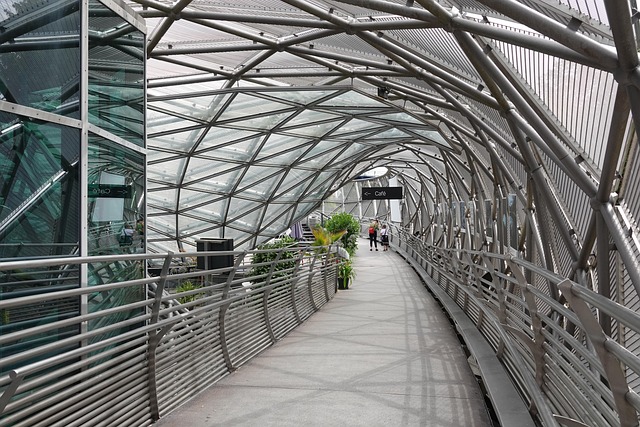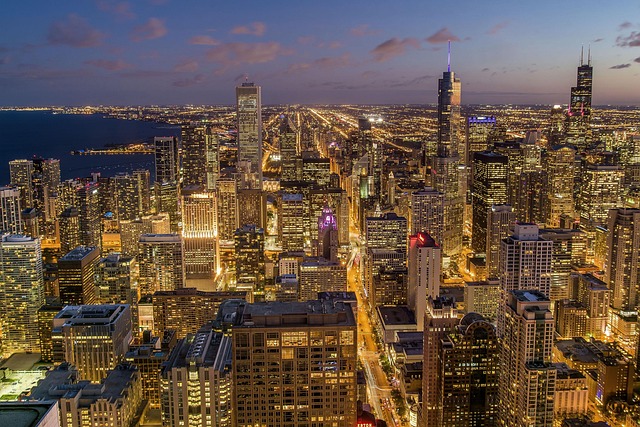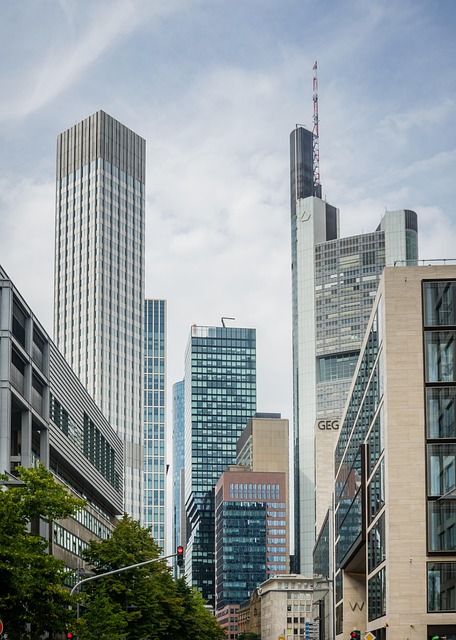Karachi's Northern Bypass, initiated in the 1970s to address traffic congestion, has evolved into a crucial transportation network, fostering economic growth and cementing Karachi as Pakistan's financial hub. While revolutionizing travel and logistics, the project poses challenges for nearby communities and businesses due to construction disruptions and potential impacts on property values. Proponents believe it will stimulate economic growth, but concerns remain. The bypass offers opportunities for urban development, with residential and commercial plans in motion, while facing critical challenges like environmental stewardship and land acquisition. By addressing these proactively, Karachi aims to become a sustainable, thriving metropolis.
Karachi’s Northern Bypass, a landmark infrastructure project, has been a game-changer in shaping the city’s landscape. This article delves into the historical evolution of this bypass, exploring its impact on local communities and businesses since its inception. From easing traffic congestion to fostering economic growth, we analyze its achievements. Furthermore, we discuss future development plans and challenges ahead for Karachi, highlighting the ongoing efforts to enhance connectivity while preserving the city’s vibrant tapestry.
- Karachi's Northern Bypass: A Historical Perspective
- Impact on Local Communities and Businesses
- Future Developments and Challenges Ahead
Karachi's Northern Bypass: A Historical Perspective

Karachi’s Northern Bypass has been a subject of discussion and transformation for decades, reflecting the city’s evolving infrastructure needs. The project’s origins trace back to the 1970s when Karachi, as Pakistan’s financial hub, faced severe traffic congestion. This initial push led to the conceptualization of a bypass route that would alleviate pressure from the central areas. Over time, various phases of construction have marked significant milestones in Karachi’s transportation network.
The historical perspective highlights how the Northern Bypass has grown from a vision to a vital artery. It has not only eased traffic flow but also contributed to the city’s economic development by providing faster connectivity between industrial zones and residential areas. This historical journey underscores the continuous efforts to modernise Karachi’s infrastructure, ensuring it keeps pace with its status as one of the most vibrant metropolitan areas in Pakistan.
Impact on Local Communities and Businesses

The Northern Bypass, a significant infrastructure project in Karachi, promises to transform travel and logistics across the metropolis. However, its impact on local communities and businesses is a double-edged sword. While it aims to alleviate traffic congestion and expedite connectivity, residents and small enterprises in nearby areas face potential challenges.
Construction activities have already disrupted local routines, with some businesses experiencing decreased footfall due to altered routes and increased noise pollution. Additionally, the project’s long-term effects on property values and the overall vibrancy of these neighborhoods are causes for concern. Yet, proponents argue that once completed, the bypass could attract new investments, stimulate economic growth, and enhance accessibility for both residents and businesses, ultimately fostering a more connected and prosperous Karachi.
Future Developments and Challenges Ahead

The Northern Bypass project in Karachi presents an exciting prospect for the city’s future, promising to alleviate traffic congestion and enhance connectivity. With its completion, the region is poised for significant development. Plans are already underway for the construction of residential and commercial areas, potentially driving economic growth and attracting businesses. The area could become a bustling hub, mirroring the vibrant spirit of the metropolis.
However, challenges remain. Environmental concerns, land acquisition issues, and ensuring proper infrastructure to support the burgeoning population are critical. Balancing urban development with ecological preservation will be crucial for Karachi’s sustainable growth. As the project advances, addressing these challenges head-on will be essential to realize the full potential of the Northern Bypass and create a thriving, modern metropolis for all Karachis.
The Karachi Northern Bypass, a significant infrastructural project, has had a profound impact on the city and its residents. From offering historical insights into urban development to transforming local landscapes, this bypass has brought about visible changes in traffic flow and economic opportunities. However, as we look towards future developments, addressing the challenges of environmental sustainability and equitable access for all Karachis remains crucial. By learning from both past successes and potential pitfalls, the city can ensure that such projects continue to shape Karachi’s growth while enhancing the quality of life for its diverse communities.



